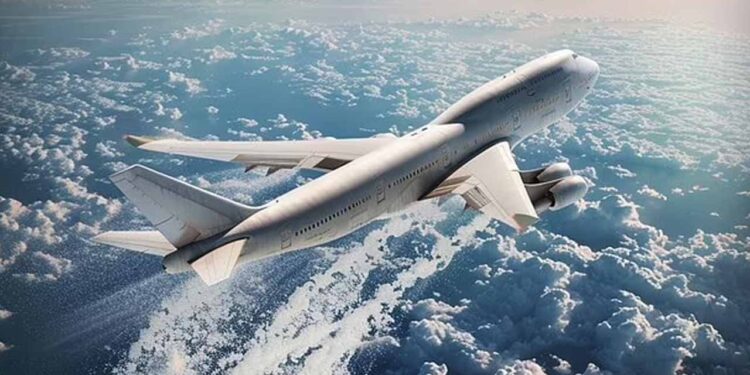In an ambitious move, NASA scientists have proposed a novel approach to address climate change by releasing ice particles into the upper atmosphere. The plan involves deploying high-altitude aircraft, soaring at 58,000 feet above ground—20,000 feet higher than commercial planes—to disperse tons of ice particles.
The objective is to freeze water, preventing it from transforming into greenhouse gas emissions and, consequently, hindering heat from escaping into space. The process involves freezing water through ice particles, causing it to fall back to Earth. This not only eliminates excess water vapor but also dehydrates the stratosphere, where water transitions into a heat-trapping gas.
The collaborative effort between NASA and the National Oceanic and Atmospheric Administration (NOAA) aims to explore innovative strategies to combat climate change. This approach, known as “geoengineering,” is considered a last-ditch effort alongside emission reductions, given its potential adverse effects.
Lead author Joshua Schwarz, a physicist at NOAA, emphasized that the plan is not immediately implementable. Instead, it serves as a means to explore possibilities for the future and identify research directions. The proposed intervention would only marginally cool the atmosphere, equivalent to 1/70th of the warmth generated by CO2, and would not negate its effects.
This audacious plan represents a significant addition to the ongoing discussion surrounding climate change mitigation, demonstrating the scientific community’s commitment to exploring unconventional solutions to protect the planet’s future.







